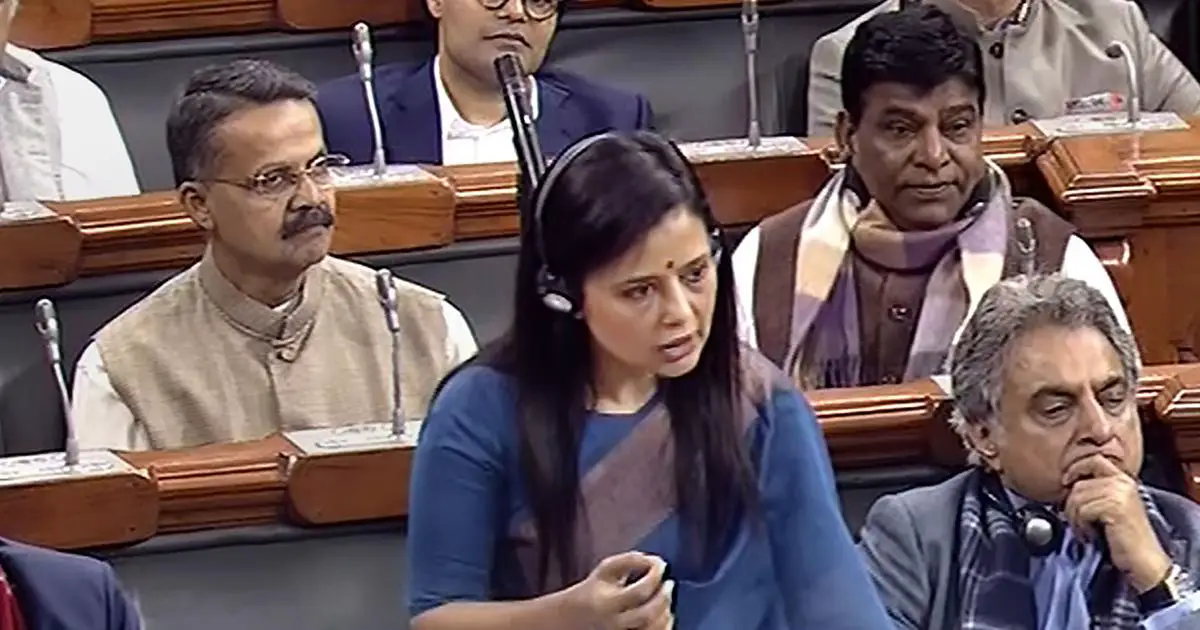In the vast landscape of mutual funds, investors are often on the lookout for versatile options that can provide a balanced mix of risk and return. One such offering that has caught the attention of many is the HDFC Multi Cap Fund. In this article, we’ll delve into the intricacies of this fund, exploring its features, benefits, and why it might be the right fit for your investment portfolio.
What are HDFC Multi Cap Fund?
Multi cap funds are a unique category of mutual funds that invest across various market capitalizations, including large-cap, mid-cap, and small-cap stocks. The idea is to capitalize on the diverse growth opportunities available in different segments of the market. HDFC Multi Cap Fund, as the name suggests, follows this approach and is managed by HDFC Asset Management Company.
Key Features of HDFC Multi Cap Fund
1. Diversification:
- HDFC Multi Cap Fund diversifies across market caps, reducing the risk associated with concentrating investments in a specific segment.
- This diversification helps in mitigating the impact of volatility in any particular market cap.
2. Flexibility:
- The fund provides flexibility to the fund manager to navigate through market cycles by adjusting the allocation to different market capitalizations based on market conditions.
- This adaptability is crucial in capturing emerging opportunities and managing risks effectively.
3. Potential for Higher Returns:
- By investing in a mix of large, mid, and small-cap stocks, HDFC Multi Cap Fund aims to tap into the growth potential of companies across the spectrum.
- This approach has the potential to generate higher returns compared to funds focused on a specific market cap.
4. Active Management:
- The fund is actively managed by experienced fund managers who make strategic investment decisions based on thorough research and market analysis.
- Active management allows for timely adjustments to the portfolio, aligning with the evolving market dynamics.
Benefits of Investing in HDFC Multi Cap Fund
1. Risk Management:
- The diversification across market caps acts as a risk management strategy, reducing the impact of market volatility on the overall portfolio.
- Investors can benefit from a more balanced risk-return profile compared to funds that concentrate on a single market segment.
2. Opportunity for Growth:
- With the flexibility to invest across market caps, the fund aims to capitalize on the growth potential of companies irrespective of their size.
- This broad market exposure enhances the chances of participating in various growth stories.
3. Professional Fund Management:
- HDFC Multi Cap Fund is managed by a team of skilled professionals who monitor market trends and company performance.
- Investors can leverage the expertise of fund managers, allowing them to make informed investment decisions.
4. Adaptability to Market Changes:
- The fund’s ability to adapt to changing market conditions is a key advantage. The fund manager can shift allocations to capitalize on emerging opportunities or mitigate potential risks.
Conclusion
Investing in mutual funds requires a careful consideration of one’s financial goals, risk tolerance, and investment horizon. HDFC Multi Cap Fund, with its diversified approach and active management, offers investors an opportunity to participate in the growth potential across different market segments. While it’s important to note that all investments carry some level of risk, the fund’s strategy aims to strike a balance and deliver long-term value to investors. Before making any investment decisions, it’s advisable to consult with a financial advisor to ensure alignment with your individual financial objectives.
FAQs
Q: How good is HDFC multi cap fund?
A: When evaluating the performance of any mutual fund, including the HDFC Multi Cap Fund, consider the following factors:



